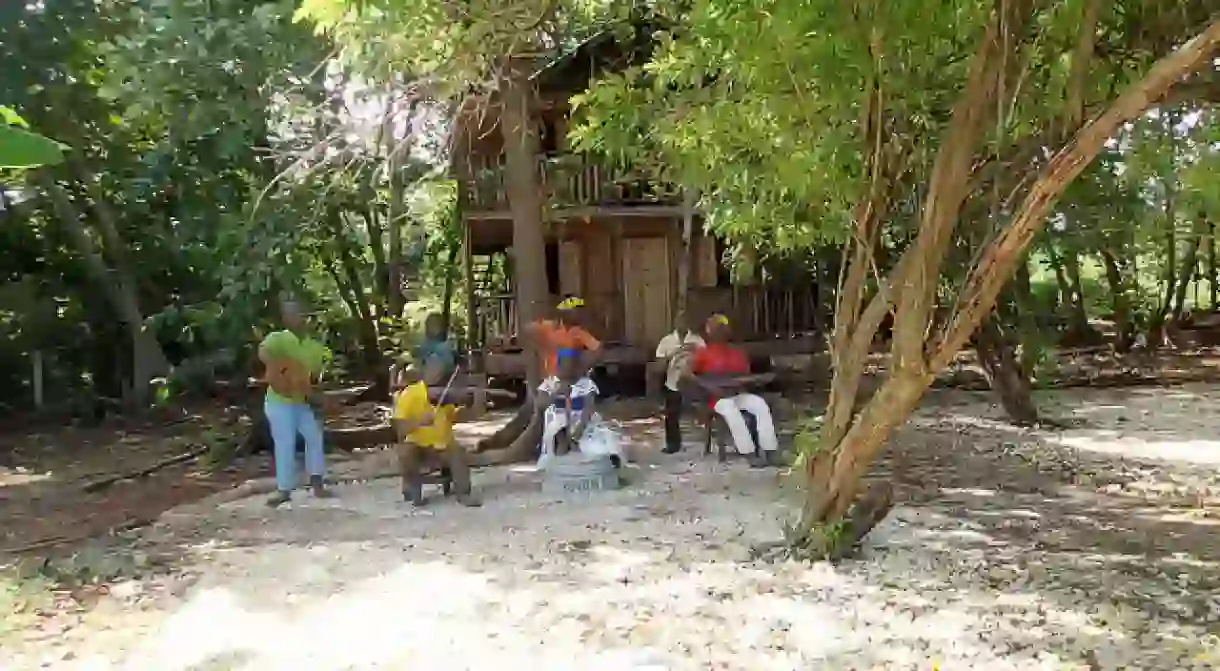A Brief History of Colombia's Zambos

Zambos or Zambas is a term used in Spanish and Portuguese former colonies to describe individuals in the Americas who are of both African and Amerindian (native Colombian) descent. In Colombia they often refer to these individuals as Afro-Colombians. Learn more about Colombia’s Zambos here.
Slaves from African countries were transported to the Americas by the Spanish and English from the 1520s. Many slaves were then transported to North America to be sold, but a large number stayed in the Americas, forced to work in cotton or sugar plantations, emerald or gold mines, textile manufacturers, and tobacco farms (some were also forced to serve in the army). People from the Congo, Angola, Gambia, Nigera, Liberia, Ghana, Ivory Coast, Guinea, Sierra Leone, Senegal and Mali were all brought into Colombia during this shameful era.

These slaves worked in the country for many years in various sectors all over Colombia, and helped to serve and protect the country from invaders. This happened until the signing of the Free Birth Law in 1821 and was completely eliminated as late as 1852. By this time many slaves had already revolted, had been awarded freedom, had escaped or had purchased their liberty. These Africans escaped into the jungle, the Andes regions, the Cauca Valley, Caribbean coast, Pacific coast, joined Amerindian communities or founded their own communities.
The largest African or Zambo communities are San Basilio de Palenque and San José de Uré in the Chocó or Pacific coast. These communities have kept their history and traditions alive, bringing African culture to the country in the form of music, musical instruments, language and traditions.

San Andres, Providencia and the Magdalena Valley have large Afro-Colombian or Zambos communities; unlike the Pacific or Chocó communities, these have kept less of their heritage and past identity.
Over the years the Zambos or Afro-Colombian communities have been slowly disappearing with individuals moving into the cities to find better jobs and education prospects or have even been forced to leave their communities because of Colombia’s civil war. The 2005 census stated that the Afro-Colombian communities are still some of the poorest in society with 74% of the Afro-Colombian population earning less than minimum wage; the Chocó area is still the department with the lowest education, health and infrastructure standards.
Afro-Colombians or Zambos have undoubtedly changed and influenced the entire country of Colombia through their music, traditions, and culture.














